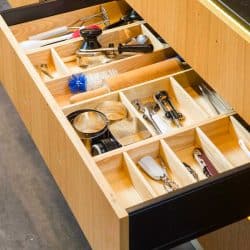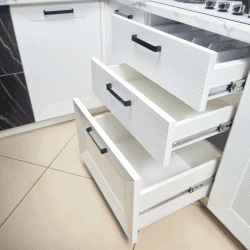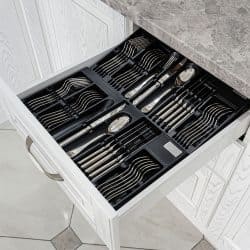One of the most important -- and expensive -- parts of a modern home is its kitchen cabinetry. Whether you're building a new house, buying an existing one, or remodeling your current home, it pays to have top-quality kitchen cabinets. And a critical feature of cabinet quality is the construction of the drawers. So, what are the different types of kitchen drawers, and which are the highest quality? We've done the research, and we have the answers for you!
There are seven major types of kitchen drawer construction:
- Dovetail
- Finger Joint
- Tongue-and-Groove
- Biscuit
- Dado
- Rabbet
- Dowel
In the remainder of this article, we'll describe each type of kitchen drawer, providing pictures and construction details. We will also explain what the new term kitchen-style drawers means. And we'll discuss the various styles of kitchen cabinets and let you know how to determine which one you have in your own kitchen. Keep reading to learn more!
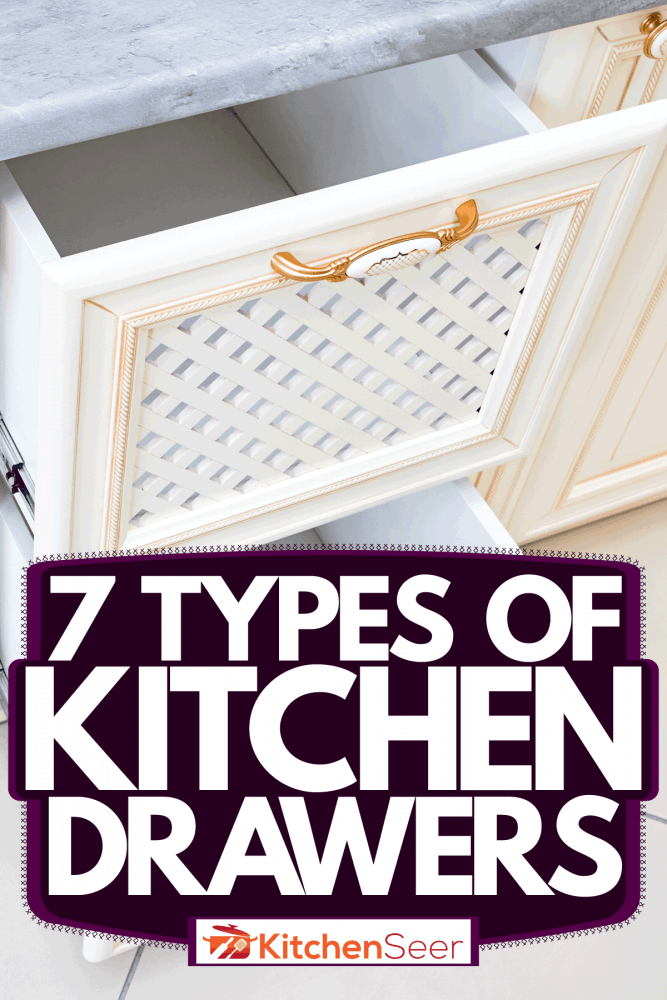
7 Types Of Kitchen Drawers
Every kitchen drawer consists of four sides, a bottom, a front piece, and a system of glides or runners that allow the drawer to slide in and out. The quality of the drawer is determined by the materials and construction techniques used. High-quality kitchen drawers have sides made of hardwood, with plywood bottoms. Mid-quality drawers are made entirely of plywood, while those of lower quality are made of MDF (particleboard) and melamine.
The most vulnerable parts of a kitchen drawer are the joints where the sides connect with each other. Low-quality joints can pull apart under stress or with age. High-quality joints, however, are virtually indestructible and can hold up for decades. The following are explanations of the seven types of joint construction used in kitchen drawers.
1. Dovetail

Dovetail drawer construction is the highest-quality option, standard on the best hardwood drawers. It features pins and tails cut into the ends of each side board. The pins and tails interlock tightly with each other when the boards are joined. Not only does this construction create high tensile strength, but it also provides maximal surface area for gluing the sides together, which adds to the strength of the joint.
Click here for sliding kitchen pullout with dovetail construction on Amazon.
2. Finger Joint
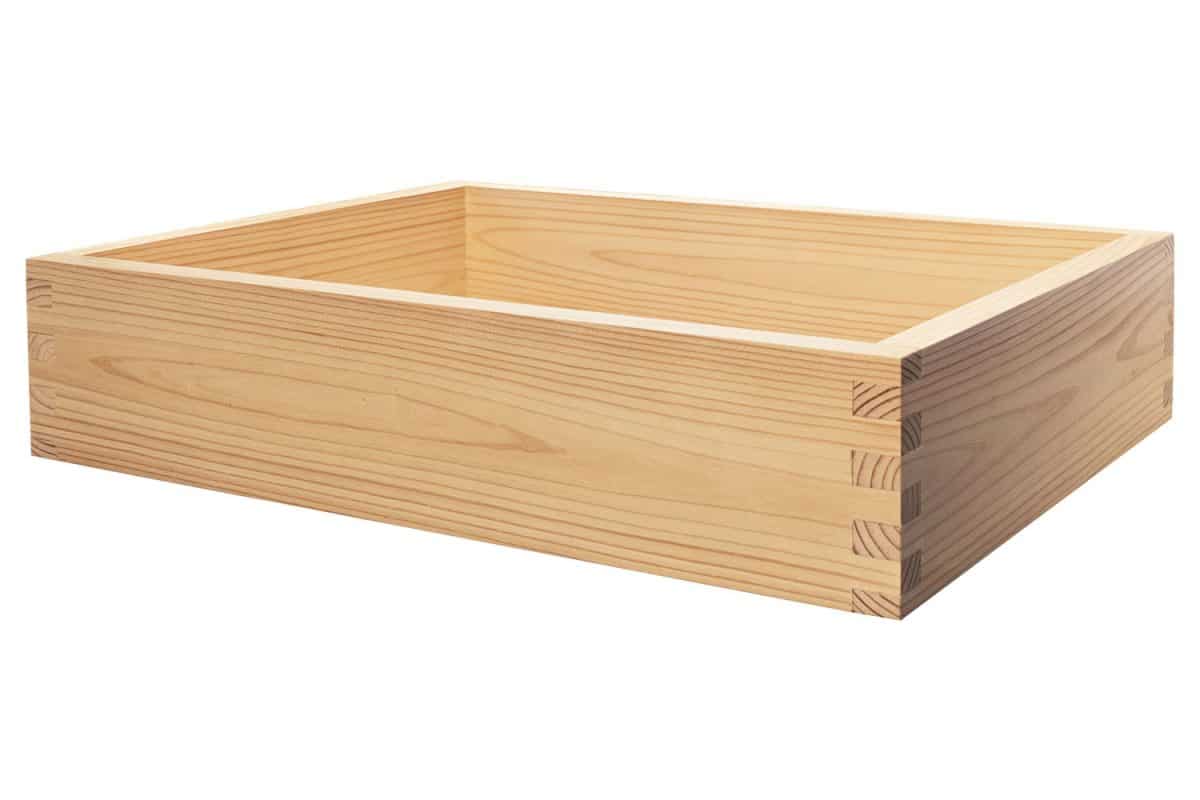
The finger joint or box joint is another popular construction technique for kitchen drawers. It is similar to the dovetail joint, except that the fingers are straight rather than angled like the pins and tails in dovetail construction.
So, the finger joint has somewhat less tensile strength than the dovetail. However, finger-jointed kitchen drawers hold up to everyday wear extremely well. Finger joints are typically used in hardwood drawers, but they can also be utilized in plywood drawers.
3. Tongue-and-Groove
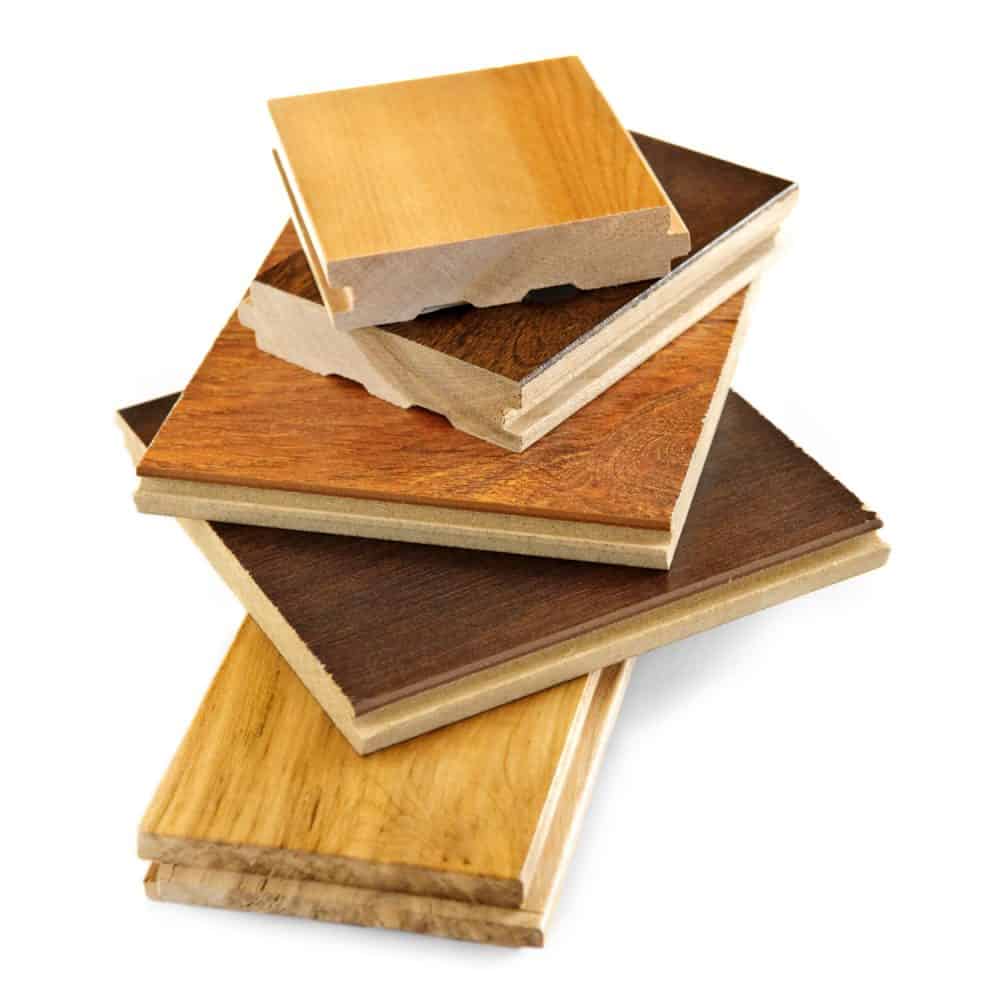
Tongue-and-groove construction ranges from high-quality, handmade hardwood drawer joints to cheap slots cut into particleboard. The best tongue-and-groove drawers feature interlocking U-shaped corners. These corners are naturally strong, and they also provide a large surface area for gluing. By contrast, the joints in inexpensive particleboard kitchen drawers often consist of nothing more than a shallow groove into which the adjacent side's tongue fits.
4. Biscuit
A biscuit joint has semi-circular slots cut into one end of each side and identical slots cut into the side of the board at the other end. Flat, circular wood pieces, biscuits fit into the end slots. They then insert into the slots on the side of the connecting board, forming the joint. Gluing the biscuits in place adds strength to the joint. However, the relative thinness of the biscuits makes them vulnerable to breaking under stress.
Biscuit joints are not as strong as dovetail or finger joints, but they are much quicker and cheaper to manufacture. They tend to be used in mid-grade plywood kitchen drawers.
5. Dado
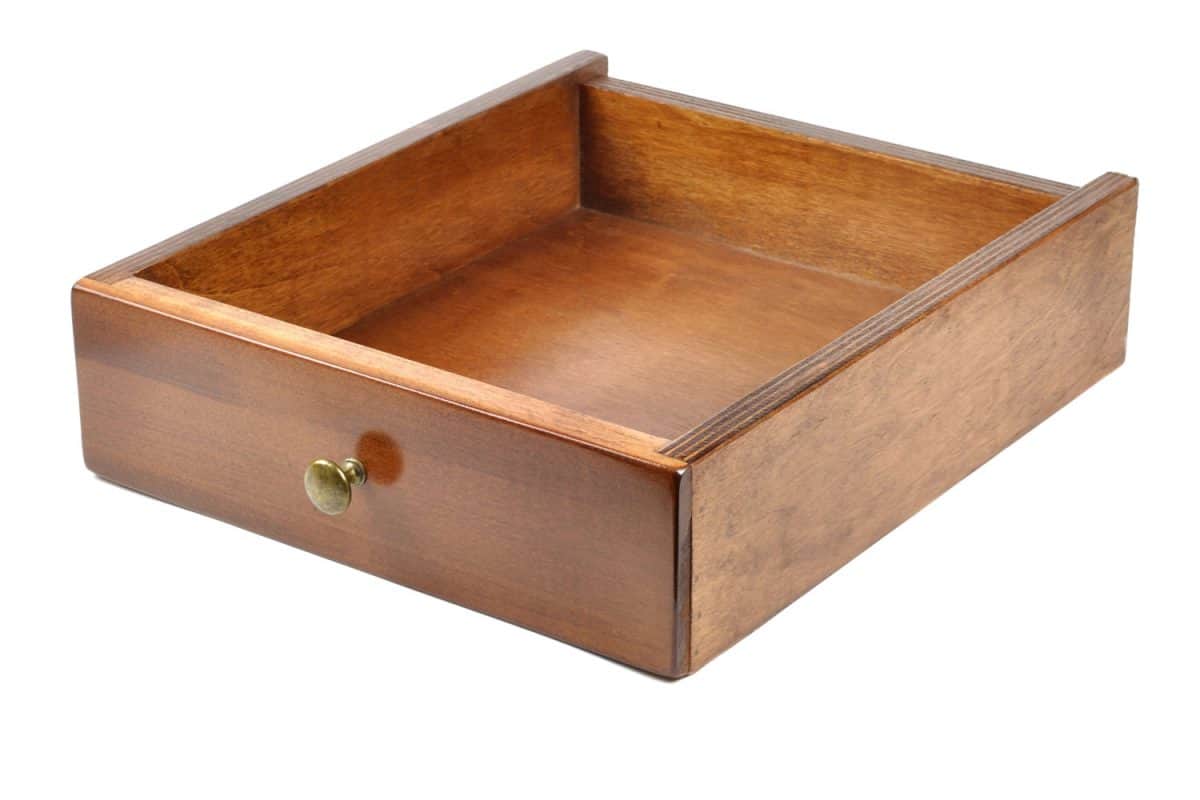
The dado joint features slots carved vertically into the side boards near each end like a tongue-and-groove joint. The front and back boards fit into the slots, forming the joints. Unlike the tongue-and-groove, however, it has no tongue cut along the edges of the front and back boards; rather, the whole board fits into the slot. This makes the dado a stronger joint than the tongue-and-groove.
Gluing the dado joint makes it stronger. In some cases, manufacturers use dowels to further secure the front and back boards into the dadoes. Dado joints are typically used in mid-range plywood kitchen drawers.
6. Rabbet
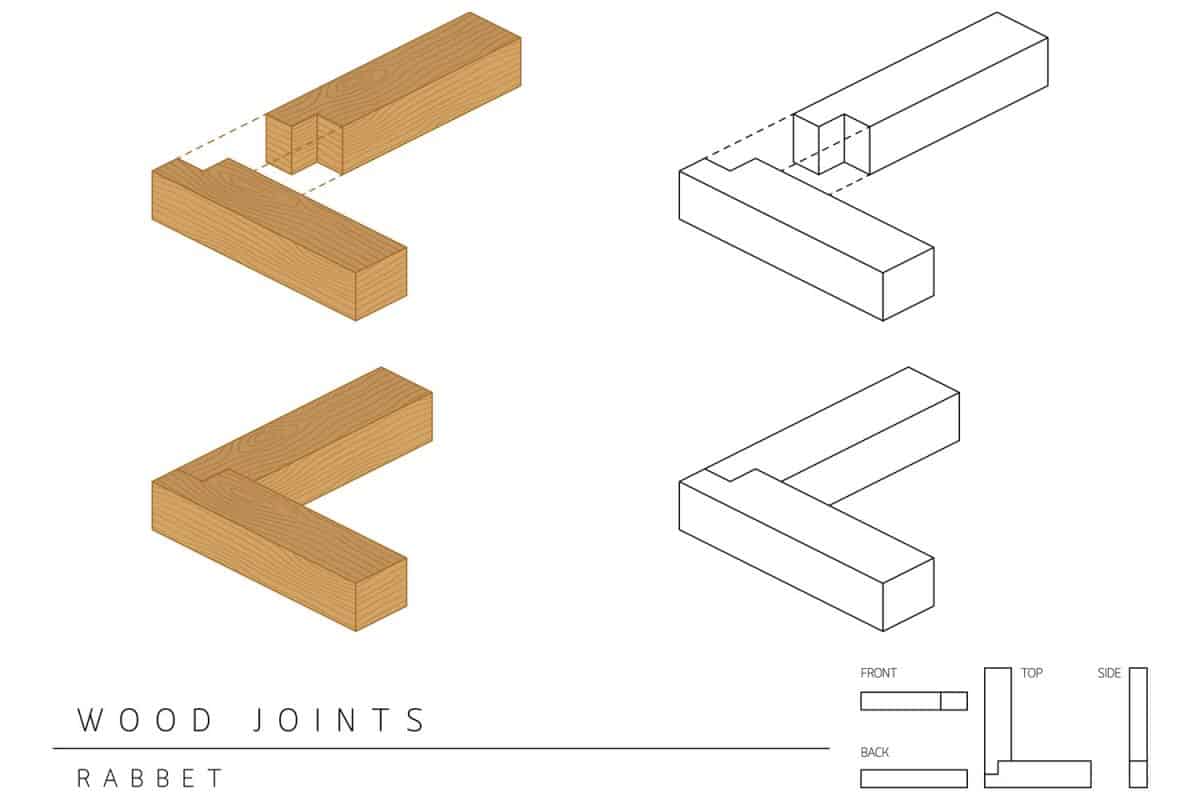
Rabbet joints resemble dadoes, except that the slots are L-shaped instead of U-shaped. In kitchen drawers, the side boards often connect with the front board via rabbet joints. This structure is vulnerable to pressure if the side boards are pushed outward. The rabbet joint is easy, quick, and cheap to manufacture, so it is found mostly in lower-end plywood drawers.
7. Dowels
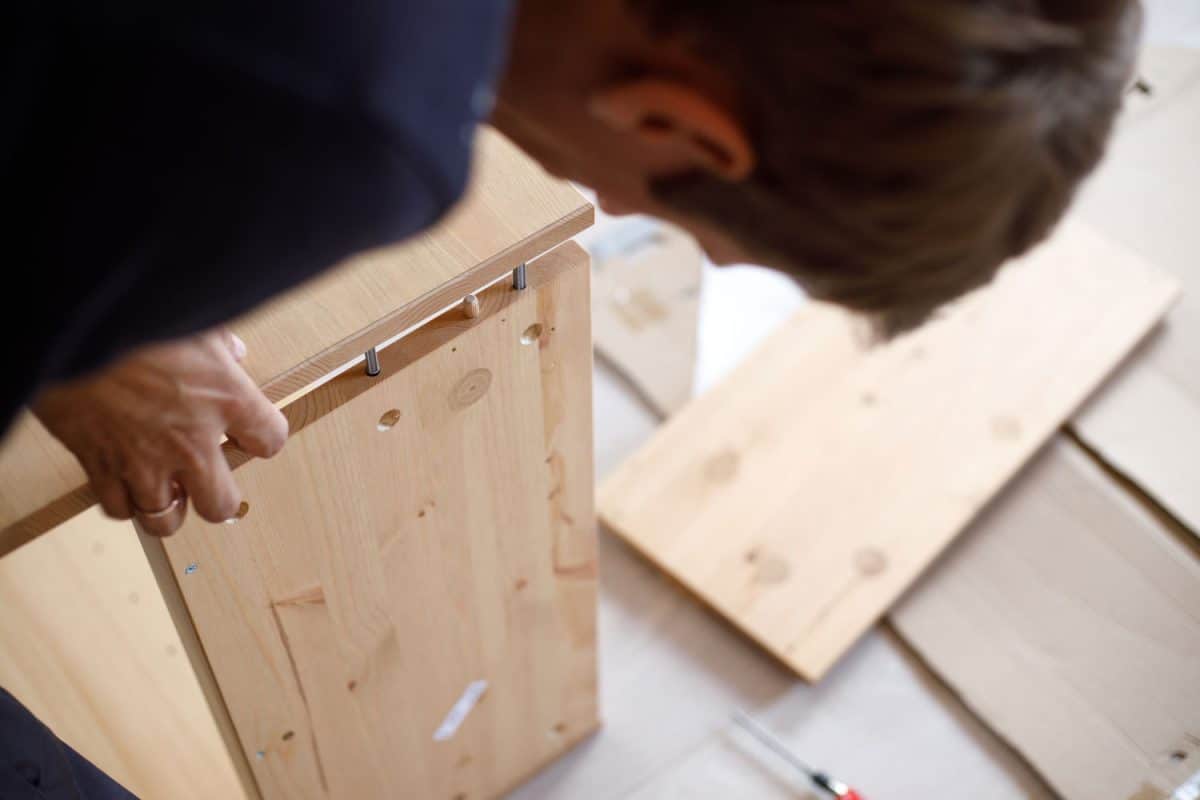
High-end hardwood kitchen drawers often include hand-cut wooden dowels to strengthen the joints. In these cases, the construction is solid, strong, and attractive. By contrast, low-end particleboard and melamine kitchen drawers rely on cheap, mass-produced dowels to hold the joints together.
The cheaper dowels are thinner and shorter, and they break easily. In addition, the particleboard around the dowels tends to distort or crumble under even minor pressure.
Click here for melamine kitchen buffet on Amazon.
What Is A Kitchen Style Drawer?
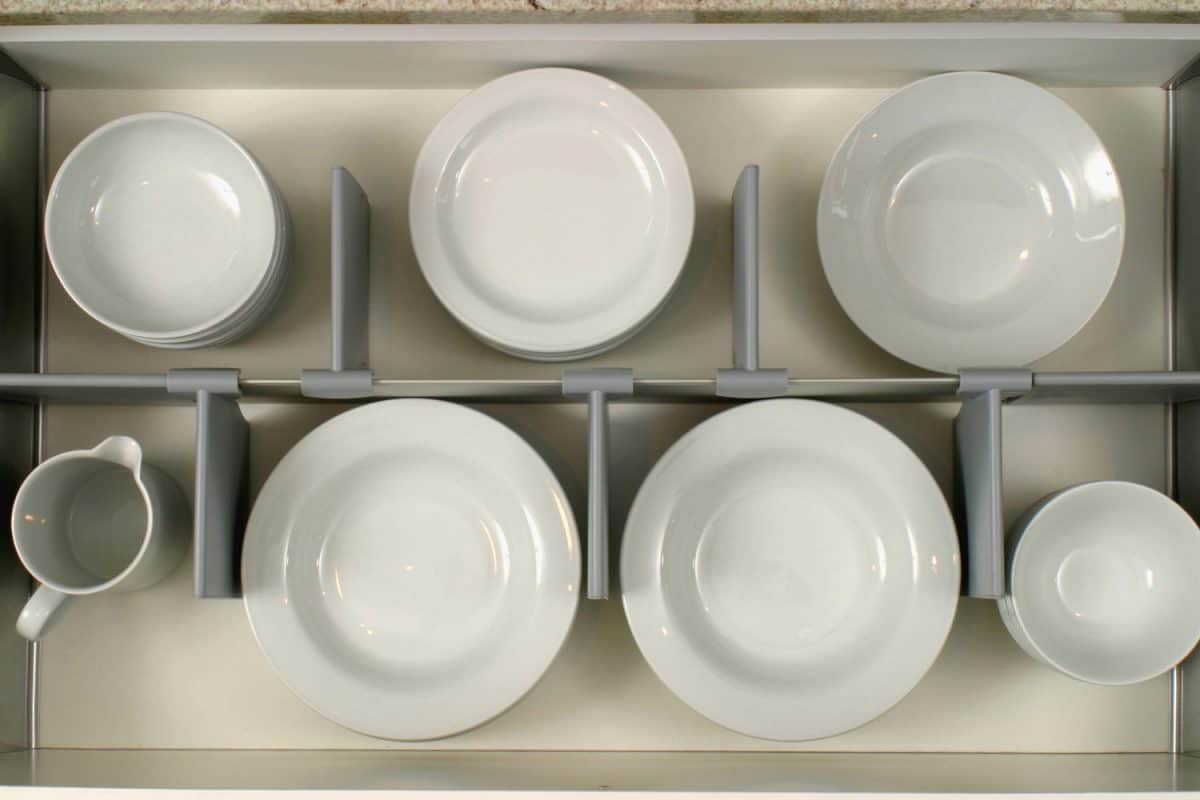
Kitchen-style drawers are designed to fulfill specific kitchen storage functions, such as:
- Partitions to keep plates, bowls, and cups organized
- Pegs to hold cups or mugs in place
- Built-in slanted spice racks
- Segmented storage for utensils
- Upright storage for skillets and pot lids
Until recently, kitchen-style drawers were available only via custom cabinetry manufacturers. They filled the desire of high-end homeowners for chef-inspired kitchens with more, deeper drawers and fewer shelves. However, rising popular demand has inspired the manufacturers of mid-range kitchen cabinet lines to incorporate kitchen-style drawer options in their offerings over the past few years.
Additionally, for homeowners who want the convenience of kitchen-style drawers without having to replace their kitchen cabinetry, a variety of inserts are available to fit nearly any size or style of drawers.
Click here for kitchen spice drawer insert on Amazon.
What Are The Different Kitchen Cabinet Styles?
The fronts of the doors and drawers define the style of kitchen cabinets. Although there are dozens of variations on the market today, they fit into six basic categories: raised panel, flat panel, Shaker, beadboard, glass-fronted, and slab.
Raised Panel
Raised panel cabinet doors feature a center panel with beveled edges. The surface of the panel is the same height as the frame. The raised panels can be square, like the one shown below; they can also have arched tops (with a slight curve at the top of the panel) or cathedral tops (with a pronounced arch at the top). The attractive and detailed profiles of the panels make these cabinet doors versatile and popular.
Click here for unfinished oak square raised panel cabinet door on Amazon.
Flat Panel
Flat panel cabinet doors come in the same styles as raised panel doors: square, arched, and cathedral. The major difference is that the panel itself is recessed rather than raised. The flat panel design imparts a cleaner, sleeker look that works well in kitchens with a contemporary or transitional look. Flat panel cabinet doors come in a range of materials, from hardwoods to MDF.
Click here for unfinished oak square flat panel cabinet door on Amazon.
Shaker
Taking their name from the Shaker religious movement that originated in the 18th century, these cabinets feature a plain, simple style with no adornments. The wide frame and recessed rectangular panel impart a rustic farmhouse aesthetic. In the kitchen, Shaker cabinets often pair with antique-look porcelain sinks and simple hardware. Shaker-style kitchens have enjoyed an upsurge in popularity over the last 20 years for their clean, straight lines and understated elegance.
Click here for white Shaker wall cabinet on Amazon.
Beadboard
Beadboard cabinet doors feature a pattern of alternating flat strips and thin semi-circular ridges. In a designer kitchen, beadboard cabinet doors often combine with open shelves or glass-fronted doors. Painted white or off-white, they create a cottage feel; alternatively, in stained hardwood, beadboard cabinets add a look of sophisticated rusticity.
Click here for beadboard buffet on Amazon.
Glass-fronted
Glass-fronted cabinets generally serve as accent pieces in combination with solid cabinet doors. The glass fronts break up the monotony in large banks of wall cabinets and allow the homeowner to display attractive glassware or fine china. Standalone glass-fronted liquor cabinets are highly popular, as well. The glass fronts can range from simple, square openings to intricate multi-colored patterns.
Click here for glass-fronted buffet on Amazon.
Slab
Slab cabinet doors are standard on prefabricated MDF cabinets manufactured by IKEA and similar brands. With their streamlined appearance, they impart a clean, modern look to a kitchen at an affordable price.
Occasionally, high-end hardwood cabinets feature slab doors, especially if the design of the kitchen calls for a retro 1950's look. In these kitchens, homeowners often choose sleek chrome cabinet hardware and stainless steel appliances.
Click here for MDF slab cabinet door on Amazon.
How Can I Know What Type Of Kitchen Cabinets I Have?
Kitchen cabinets come in three distinct grades of manufacture: ready-to-assemble, stock, and custom. If you're not sure what type of cabinets are in your kitchen, here's how you discern one from another.
Ready-To-Assemble
These cabinets come unassembled, with instructions for putting them together. Each box contains all the panels and hardware needed and simple tools such as flat wrenches and allen wrenches. Ready-to-assemble cabinets are made of MDF and melamine. They are inexpensive and come in standardized models. Common brands include IKEA and Sauder.
You can identify your existing cabinets as being in the ready-to-assemble category if they have either of the following features:
- MDF visible on the edges of the doors, shelves, or drawers, with melamine or other laminate covering
- Joints are secured by mass-produced wooden dowels and metal cam locks
Click here for a ready-to-assemble cabinet on Amazon.
Stock
Stock cabinets are pre-assembled and available for purchase at home improvement stores. They are generally made of plywood and come unfinished or laminated. Stock cabinets follow industry standards in terms of construction, sizes, and shapes.
Homeowners can buy and self-install them or have them installed by professionals. They are sturdier than ready-to-assemble cabinets, mid-range in price, and plainer than custom cabinets.
You can determine whether your kitchen cabinets are stock-grade by looking for the following:
- Standard sizes and shapes, especially if they don't exactly fit the dimensions of your kitchen
- Rabbet or dado joints in the drawers
- Pairing with mid-range countertops such as laminate or mass-produced tile
Click here for stock pantry on Amazon.
Custom
Custom kitchen cabinets are designed and built specifically to fit your preferences and the dimensions of your kitchen. They are typically constructed of hardwood, using fine woodworking techniques. Custom cabinets have nearly unlimited options in size, style, and color. They are the highest-quality, and most expensive of the types of cabinets.
To determine whether your existing cabinets are custom-made, check for the following:
- Hardwood shelves, drawer sides, and doors
- Dovetail or finger joints in the drawers
- Paired with high-quality countertops such as marble or granite
In Closing
Kitchen drawers and cabinets are a major investment for homeowners. By knowing what to look for and identifying quality materials and construction, you can buy the best quality kitchen cabinetry that fits your budget. Thus, you can ensure that your investment pays off for years to come.
You may also enjoy the following:
Kitchen Drawers Vs Cabinets – Best Planning Choices
How To Add Drawers In Kitchen Cabinets












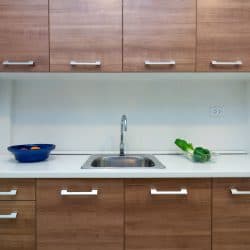
![Ceramic dishware and cutlery in kitchen drawers, How To Remove Kitchen Drawers [A Complete Guide]](https://kitchenseer.com/wp-content/uploads/2021/08/Ceramic-dishware-and-cutlery-in-kitchen-drawers-250x250.jpg)
